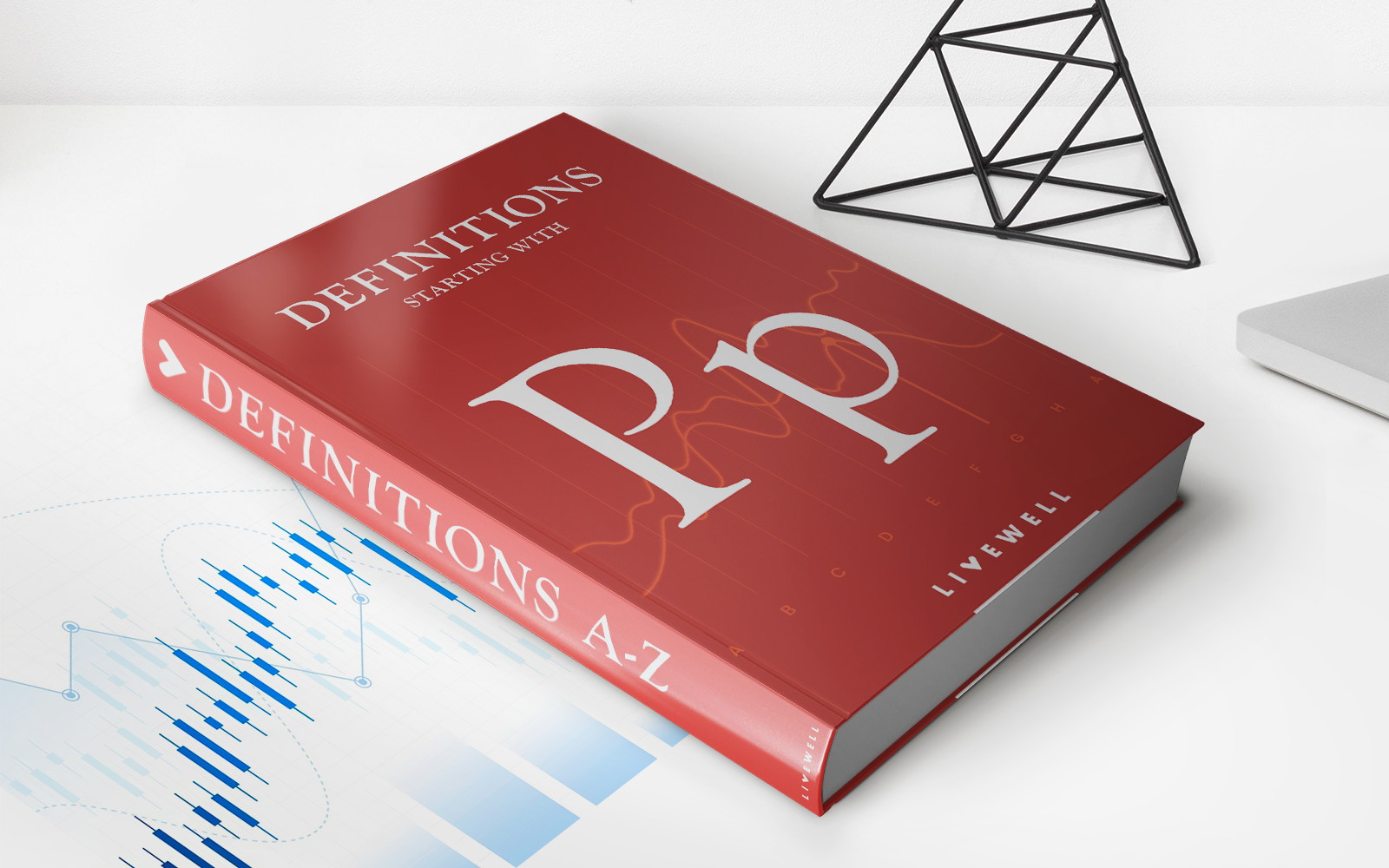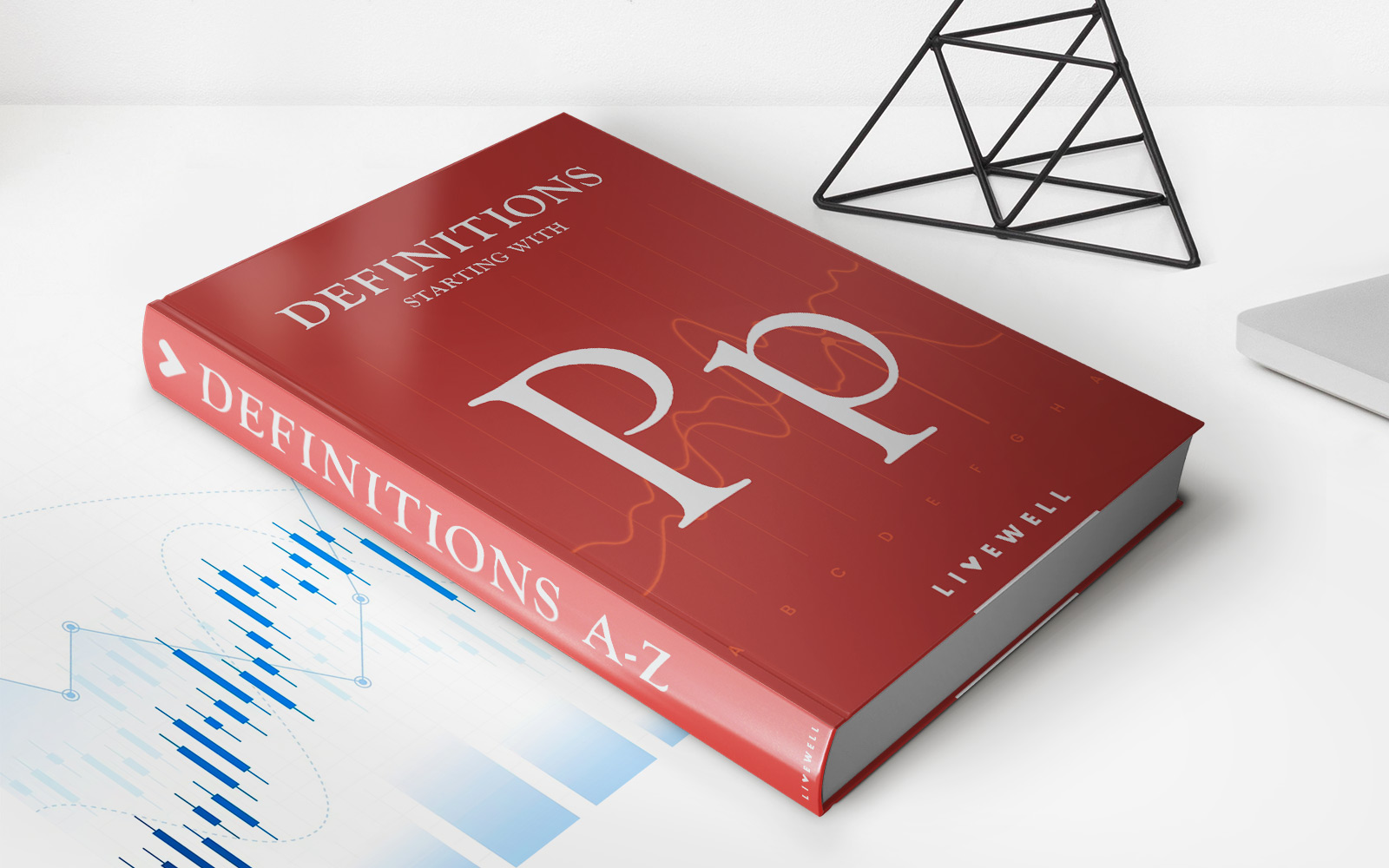Home>Finance>Parent Company: Definition, Types, And Examples


Finance
Parent Company: Definition, Types, And Examples
Published: January 5, 2024
Discover the different types of parent companies in finance, including examples, and learn about their definitions and implications.
(Many of the links in this article redirect to a specific reviewed product. Your purchase of these products through affiliate links helps to generate commission for LiveWell, at no extra cost. Learn more)
Parent Company: Definition, Types, and Examples
When it comes to the world of finance, understanding the concept of a parent company is essential. A parent company is a company that owns a controlling interest in one or more subsidiary companies, giving them the power to manage and control these subsidiaries’ operations and assets. In this blog post, we will explore the definition of a parent company, the different types, and provide real-life examples to help you grasp this concept better.
Key Takeaways:
- A parent company is defined as a company that holds a controlling interest in one or more subsidiary companies.
- There are three main types of parent companies: horizontal, vertical, and conglomerate.
Types of Parent Companies
1. Horizontal Parent Company: A horizontal parent company occurs when a company acquires other companies that operate in the same industry or offer similar products or services. The goal is to increase market share, eliminate competition, and streamline operations. An example of a horizontal parent company is Alphabet Inc., the parent company of Google.
2. Vertical Parent Company: A vertical parent company exists when a company acquires other companies along its supply chain. This allows the parent company to have complete control over the production process, from raw materials to finished products. An example of a vertical parent company is Tesla, Inc., which owns subsidiaries involved in the production of electric vehicles, battery technology, and solar energy solutions.
3. Conglomerate Parent Company: A conglomerate parent company is characterized by its diverse range of businesses that operate in unrelated industries. These parent companies typically acquire businesses across different sectors to spread their risks and take advantage of various markets. Berkshire Hathaway, led by Warren Buffett, is a prime example of a conglomerate parent company as it owns subsidiaries in industries such as insurance, railroads, energy, and retail.
Real-Life Examples of Parent Companies
Now, let’s take a closer look at some well-known parent companies:
- Procter & Gamble: Procter & Gamble is a leading consumer goods company that operates in multiple industries, including cleaning products, personal care, and beauty. As a conglomerate parent company, it owns subsidiaries like Gillette, Pantene, and Tide.
- Amazon: Amazon, an e-commerce giant, is a prime example of a horizontal parent company. It started as an online marketplace and expanded into numerous sectors, including cloud computing (Amazon Web Services), entertainment (Amazon Studios), and smart devices (Amazon Echo).
These are just a few examples that showcase the various types and functions of parent companies. Whether it’s to increase market share, control the supply chain, or diversify business portfolios, parent companies play a crucial role in the corporate world.
In conclusion
Understanding parent companies is fundamental in the world of finance. We have explored the definition, different types, and provided real-life examples to illustrate their significance. From horizontal parent companies like Alphabet Inc., to vertical parent companies like Tesla, Inc., and conglomerate parent companies like Berkshire Hathaway, each type serves a unique purpose in the business landscape. So, the next time you come across these parent companies, you’ll have a better understanding of their operations and how they impact the wider economy.














